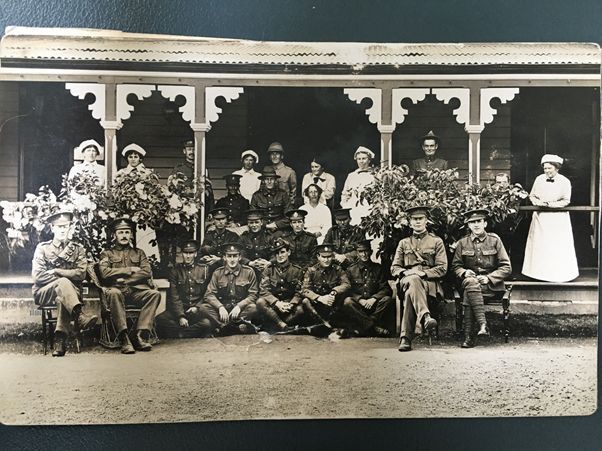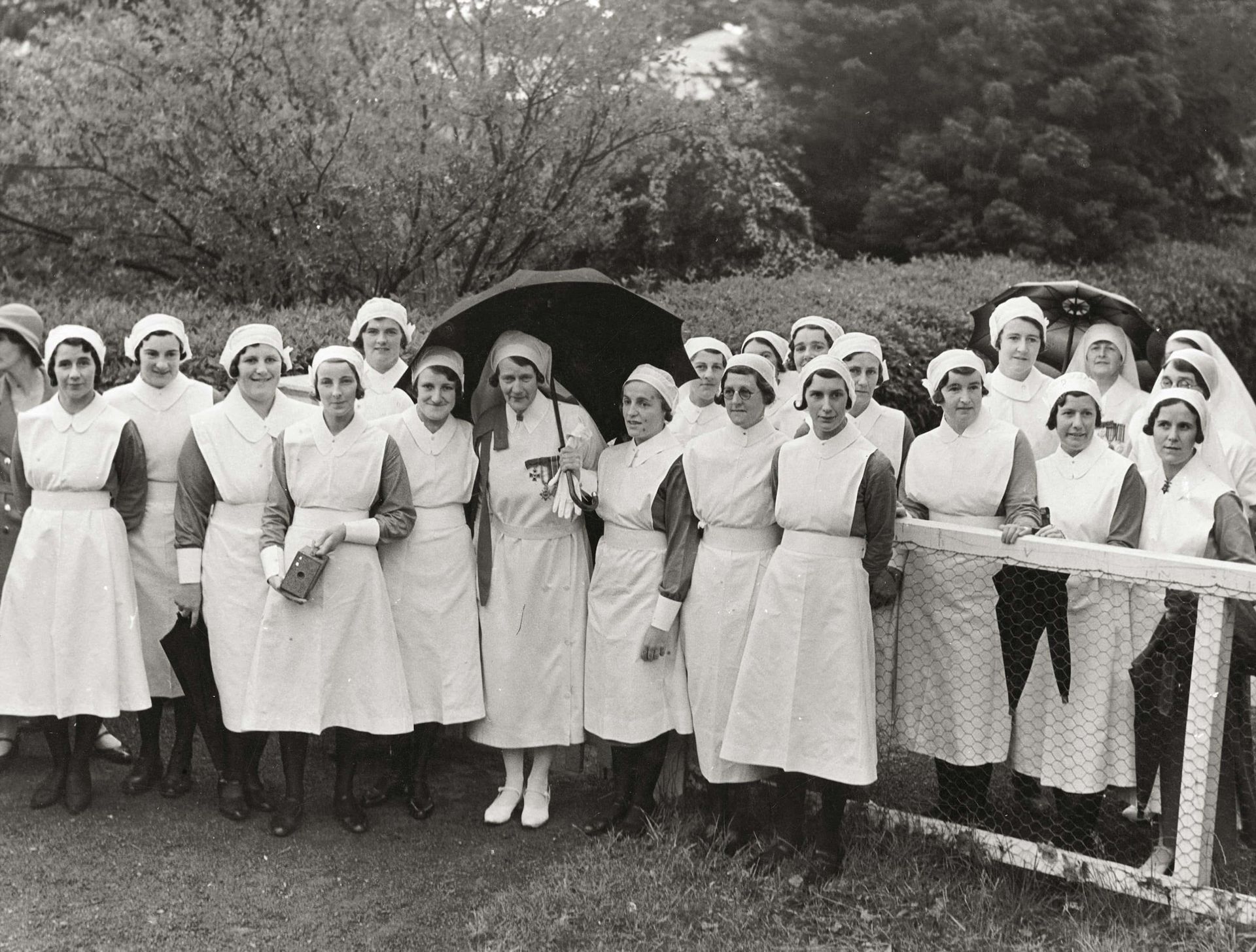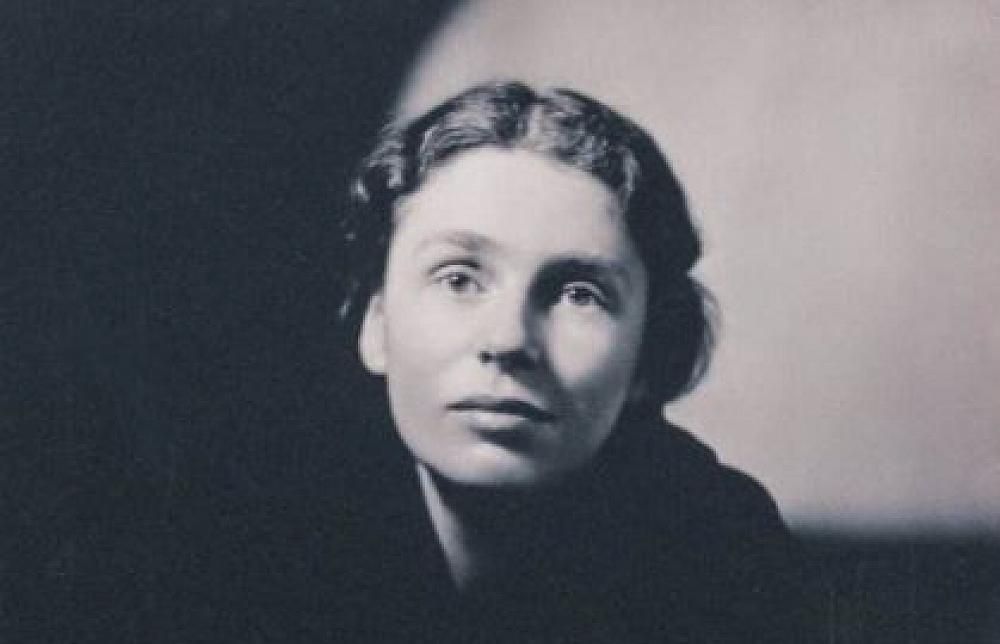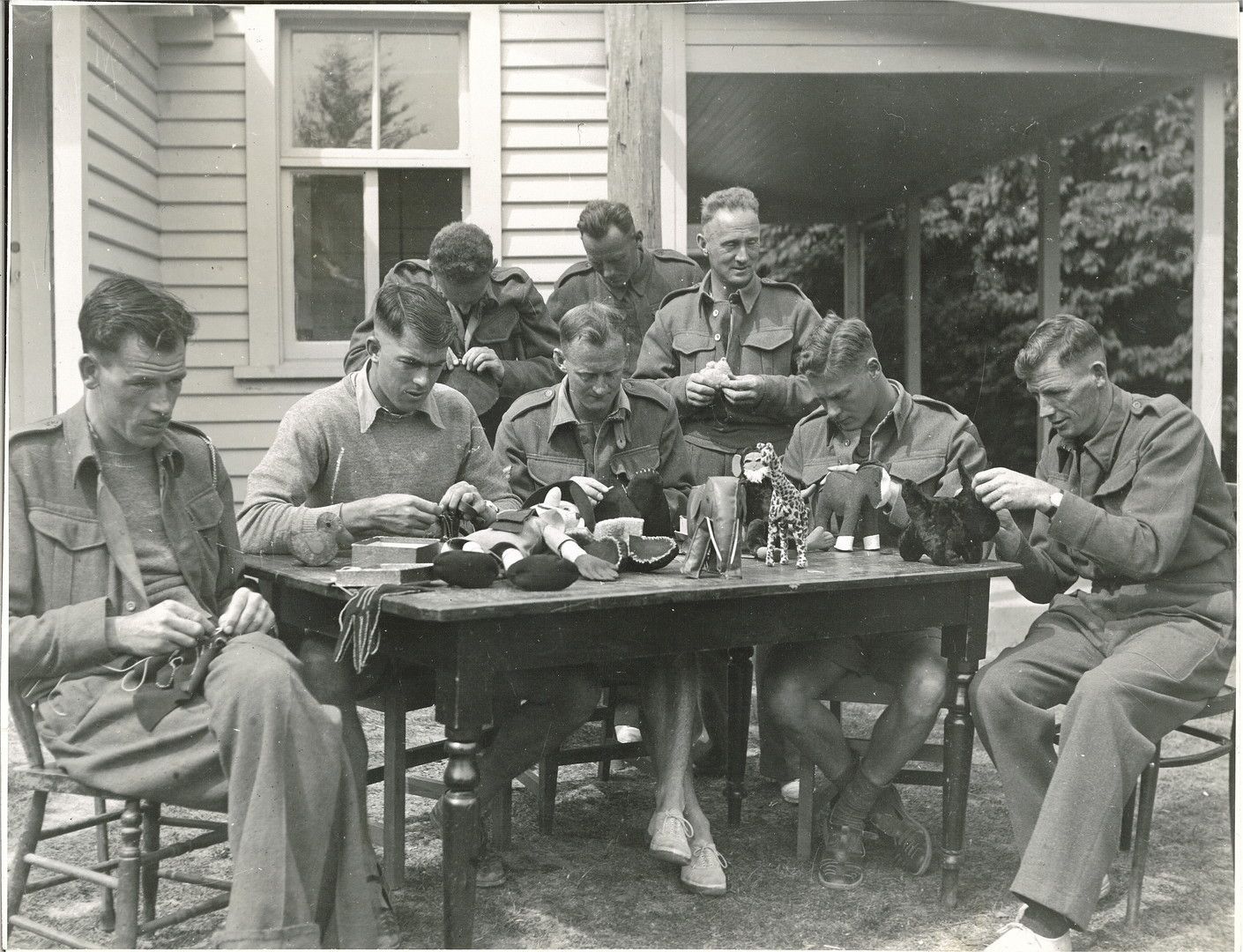ABOUT
Preserving the legacy,
inspiring the future
The Soldiers’ Block, the heart of Hanmer Springs, is being brought back to life.
As a place of healing for returning soldiers from the first and second world wars, a sanctuary for addiction recovery and a centre for local Māori treatment, this historic building has embodied the hopes, trials, and triumphs of those it has sheltered across its lifetime.
In each of its roles, the hospital represented innovative, humane and empathetic care in the stunning alpine environment of Hanmer Springs. It is now time for us to care for the building as it has cared for so many in the past. It’s time to share their stories as a source of hope and inspiration generations to come.
Our Project In Brief
This is more than a preservation effort. It’s about honouring the heart of our community, a place that has quietly provided restoration, resilience, and strength to those in need. Our project is broken down into three stages:
Stage One
Restoring the structural integrity of the Category 1 heritage building, caring for the original architectural features of this unique space.
Complete.
Stage Two
Re-opening the community centre and wharenui sections of the building as a central place for
the community to come together to connect.
Stages one and two have been funded by Hurunui District Council, Lotteries and Rātā Foundation.
Due ANZAC Day 2025.
Stage Three
Transforming the two octagons into a captivating interactive experience where visitors can discover a compassionate place of healing that has supported hundreds of New Zealanders facing mental health challenges, including shellshock, addiction, and trauma.
In planning phase, including scoping for securing financial support for the installation.
STORIES
Stories from The Soldiers’ Block
The Soldiers’ Block at Queen Mary Hospital was a place of resilience, dedication, and transformation. From soldiers to nurses and writers, those who passed through its doors carried stories of struggle and renewal.
Latest News
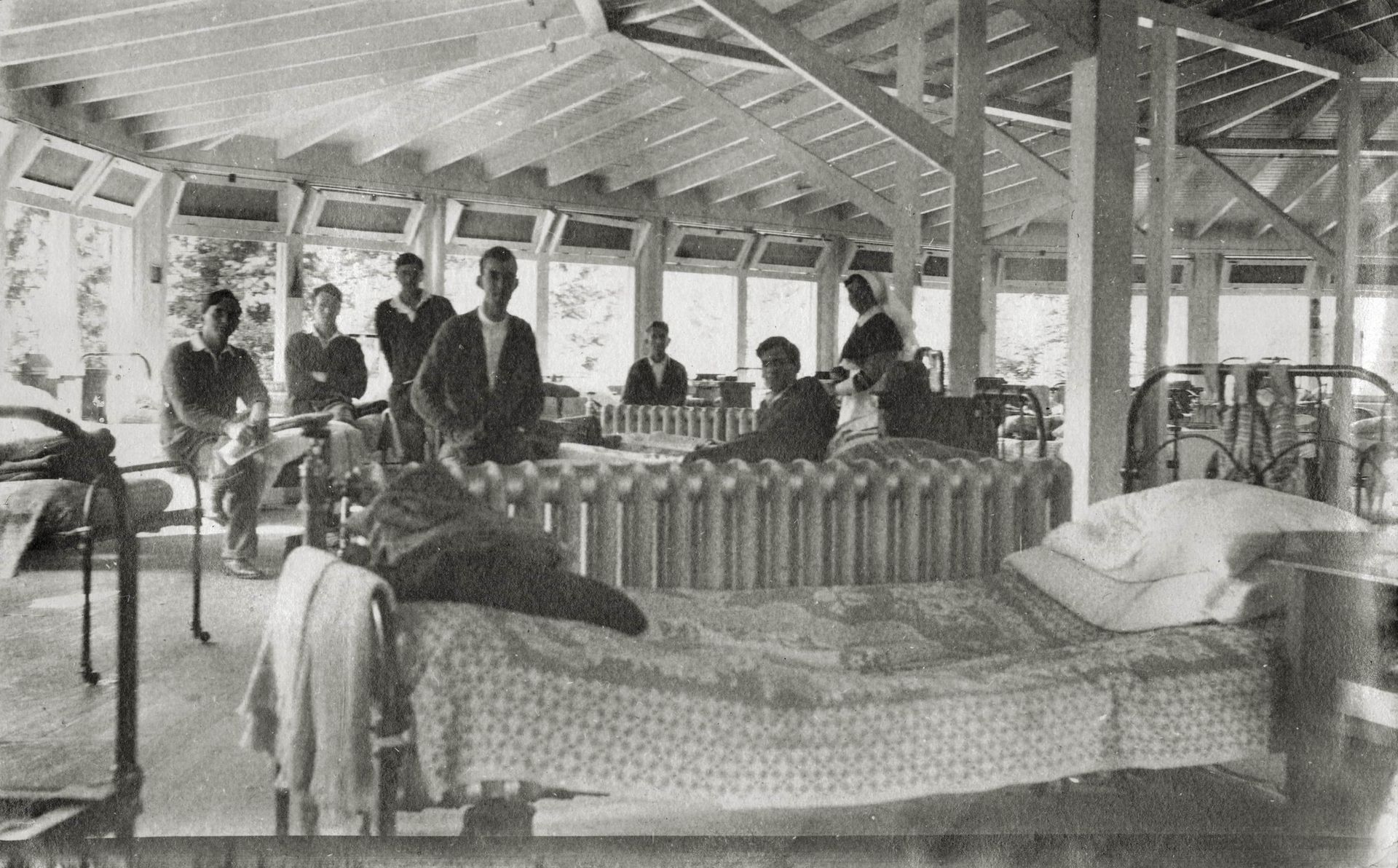
stay up to date
A Journey to Recovery
Receive updates on progress, and get a heads up on upcoming events.



